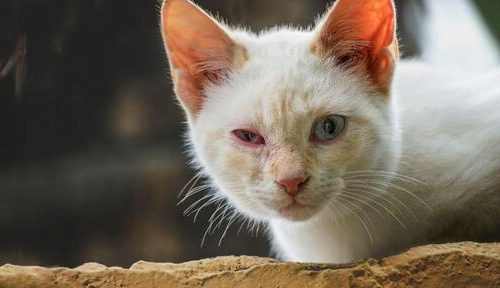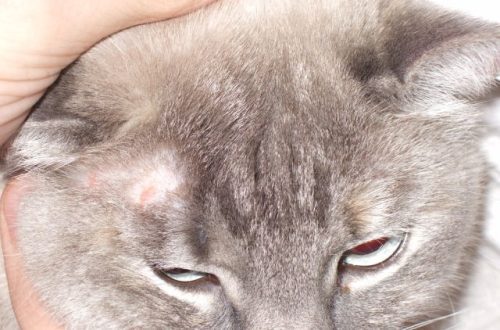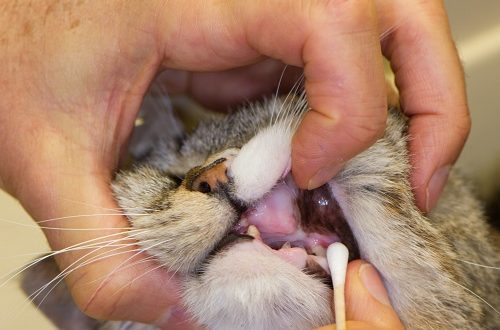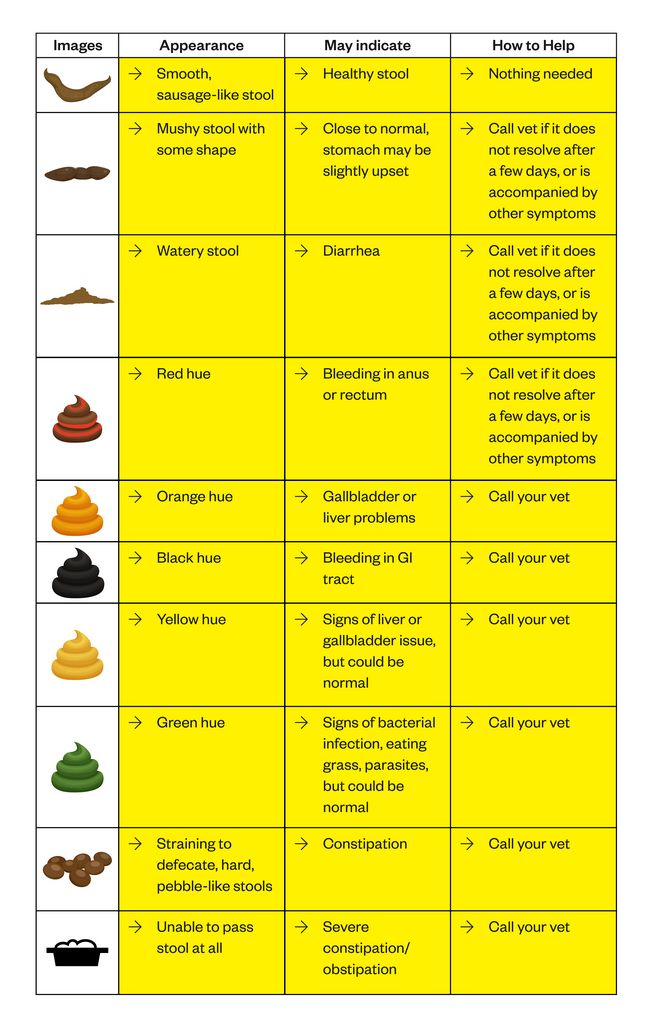
Green feces in a cat – causes and treatment
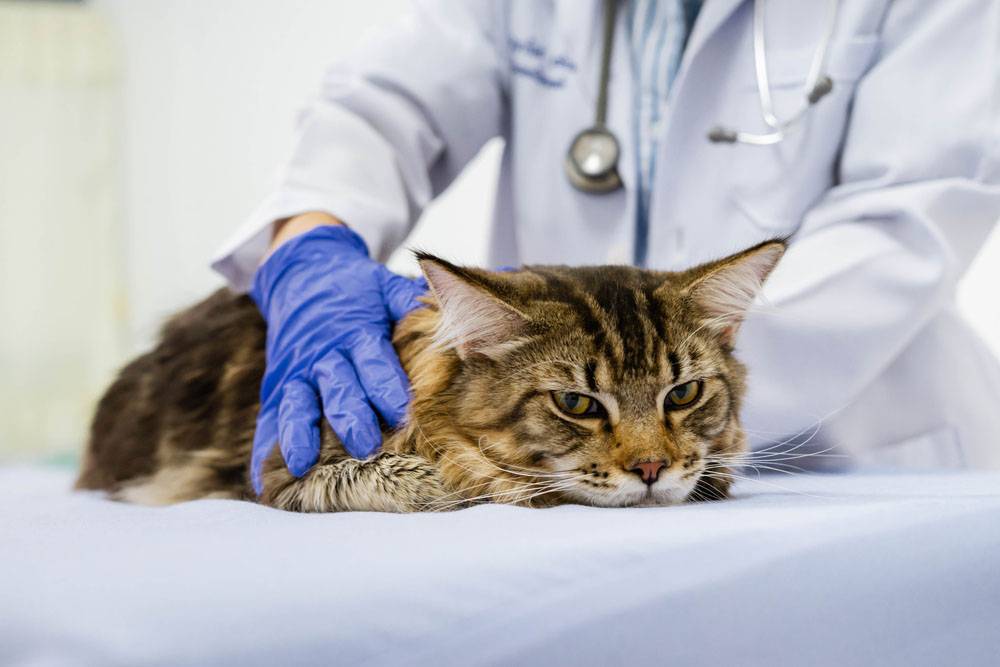
Contents
Causes of green stools in cats
Just a single change in the color of the feces, as a rule, does not pose a threat to the pet, but with a prolonged manifestation of such problems and in combination with other symptoms, this can be a sign of various diseases in the animal. In this regard, it is important to know what factors can lead to the appearance of green feces in cats and how life-threatening it is.
Errors in feeding
This is the most common cause of digestive problems in animals. Any violations in the pet’s diet can lead to problems with the stool: unbalanced nutrition, feeding stale foods, overeating, individual intolerance to any feed components, a sudden change in diet.
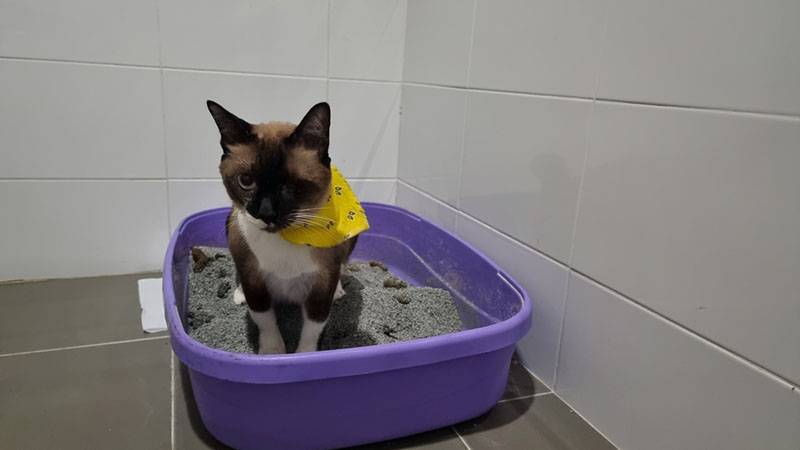
Parasitosis
This group includes helminths and protozoa. Among helminths, flat and round worms are often found, and among the simplest – Giardia, coccidia, Trichomonas. But infection with other types of parasites is also possible. They cause intestinal damage, inflammation, and as a result, the appearance of various symptoms, such as green diarrhea in a cat.
Infectious diseases
We are talking about bacterial and viral infections that affect the mucous membrane of the gastrointestinal tract (GIT) of cats. Pets can get sick with them, even if they are only indoors and do not go outside. The risk of infection is higher in young and unvaccinated animals.
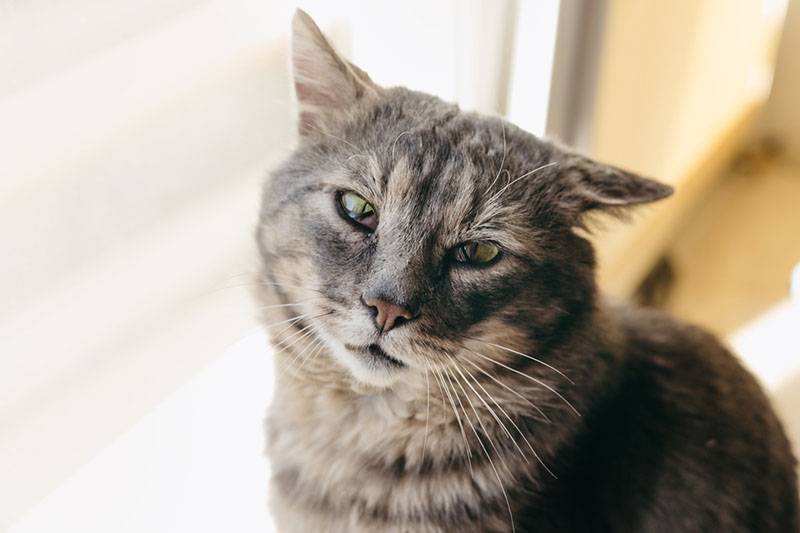
Foreign objects
Eating bones, plastic bags, New Year’s tinsel contributes to mechanical trauma to the mucous membrane of the stomach and intestines and the resulting complications that lead to a change in the consistency and color of feces. It is also worth noting that in a cat, the green color of feces can be directly related to what he swallowed: for example, grass, plants.
Eaten foreign objects can lead to serious damage to the digestive organs, up to intestinal obstruction.
Diseases of the liver and biliary tract
These organs play an important role in animal digestion. Therefore, if problems arise with them that appear due to infections, tumors, poisoning, the formation of gallstones in the gallbladder and other factors, the appearance of feces may change.
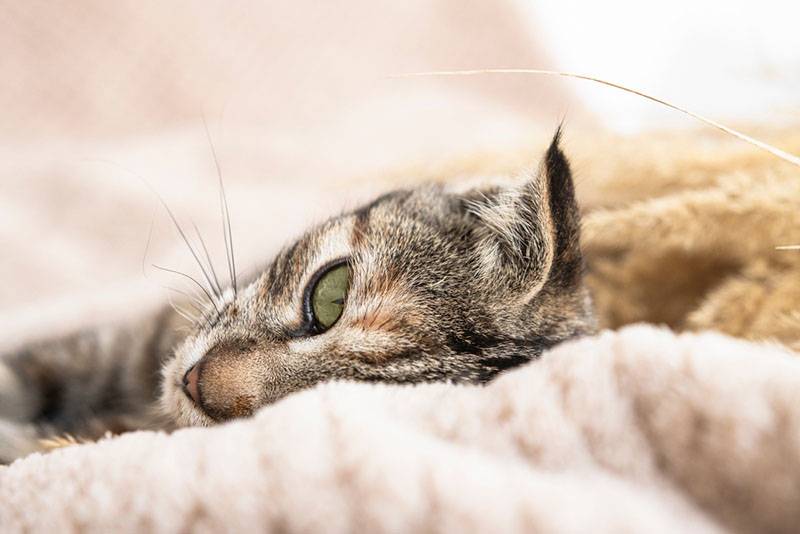
Inflammatory Bowel Disease
Inflammatory bowel disease (IBD) is a group of chronic conditions characterized by persistent or
recurrentConstantly recurring symptoms of a gastrointestinal disorder.
Irritable bowel syndrome
Irritable bowel syndrome (IBS) in animals is characterized by diarrhea, spasms. It is a diagnosis of exclusion, that is, the most common causes leading to a change in feces are diagnosed first.
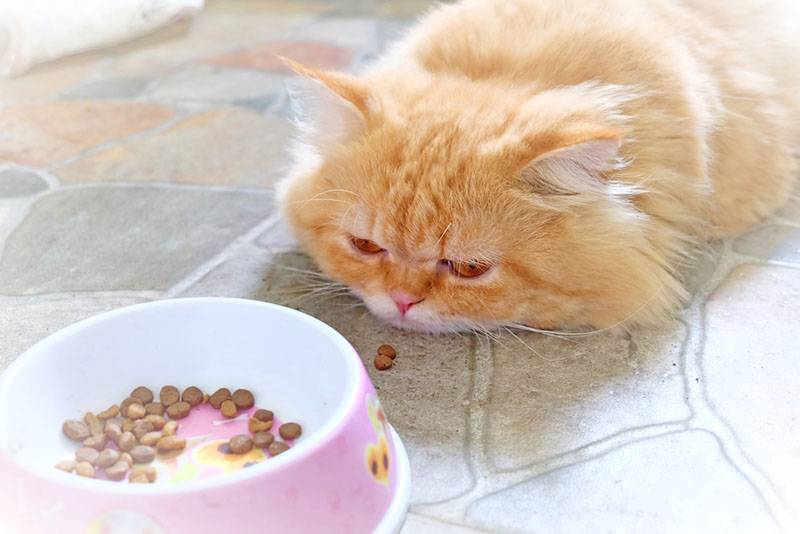
Additional symptoms
Since green feces in a cat can occur for various reasons, in addition to it, the owner can observe other clinical manifestations in animals. When eating foreign objects, infections, parasitosis, IBD, IBS, liver diseases, food stress, the following may appear: vomiting, diarrhea, mucus and / or blood in the feces, decreased appetite, lethargy, abdominal pain discomfort, flatulence, increased frequency of bowel movements in day. Also, with infectious diseases, body temperature may increase.
Diagnosis of pathologies
Finding out the cause of the appearance of green feces in a cat, the veterinarian begins by collecting a detailed history. It is important to know what the pet is fed, whether he receives any treats, when and what was the last time he was treated against parasites and vaccinated, whether the animal has chronic diseases, etc.
Then proceed to the inspection. Based on its results, the veterinarian will determine what laboratory and instrumental research methods he will need to make an accurate diagnosis.
For the diagnosis of various diseases of the digestive tract use:
Clinical blood test to detect anemia, dehydration, inflammation.
Biochemical blood tests to assess the functioning of the kidneys, liver and biliary system, pancreas.
X-ray helps to detect neoplasms, foreign objects in the gastrointestinal tract.
Ultrasound examination of the abdominal cavity allows you to evaluate the functionality of internal organs, identify foreign objects, neoplasms,
invaginationsType of intestinal obstruction, inflammation in the digestive tract. If tumors are found, then a biopsy or its complete removal with subsequent histological examination will be additionally required.
Serological research methods and PCR diagnostics help to identify infectious diseases.
Examination of faeces is necessary to detect parasitic diseases. The laboratory is given feces for eggs of helminths and some protozoa. An important condition for this method is that the selected material must be fresh.
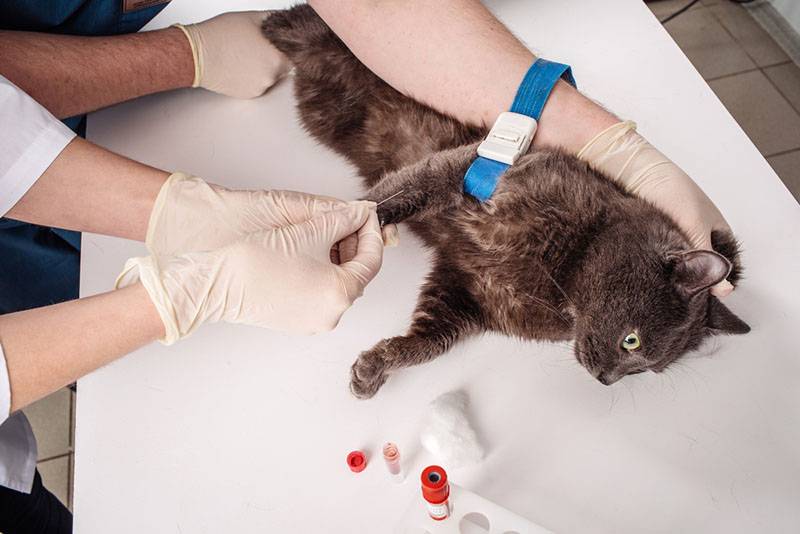
Treatment
Treatment of animals directly depends on the cause of the violation. If only the color of the feces has changed, but the rest of the pet feels good, you should just watch him, because with a single change in color there is rarely cause for concern. If this is repeated regularly and is even more accompanied by other symptoms in the cat, for example, green diarrhea, you should contact the veterinary clinic.
At home, provided that the pet’s condition is stable, activity and appetite are preserved, as a first aid to the cat, you can provide special therapeutic diets for animals with gastrointestinal problems, provide fresh water, and create a calm environment. Do not allow the cat to swallow foreign objects, eat plants, feed from the table. And when diarrhea appears, before contacting the veterinary clinic, enterosorbents can be used, for example, Smectu, Enterosgel.
However, if the symptoms persist for more than one day and / or serious deterioration is noted – the cat has green loose stools, lethargy, refusal to eat, vomiting – you should not wait for the pet’s condition to improve and everything will pass, you should contact your veterinarian as soon as possible. clinic.
If parasites are found in the animal, a series of treatments with antiparasitic agents is prescribed.
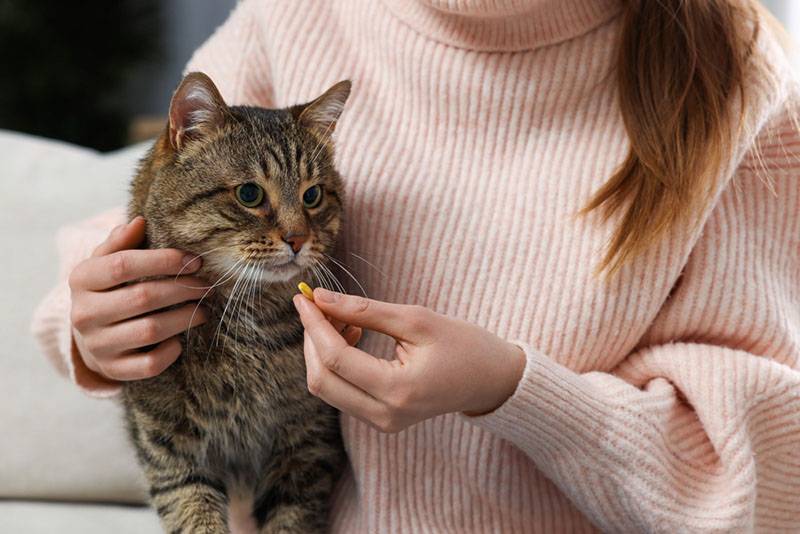
In infectious diseases, antibacterial drugs are used. And if the pet is dehydrated against the background of vomiting, diarrhea, then intravenous infusions are added to the treatment to restore the body’s water balance, as well as symptomatic therapy: antiemetics, antipyretics, painkillers, etc.
In the presence of foreign objects in the gastrointestinal tract, surgical treatment is used.
IBD is treated with a hydrolyzed (cleaved) protein diet, and antibiotic therapy may also be used,
immunosuppressive drugsDrugs used to suppress the immune system.
For food intolerance, IBS, and in combination with other causes, special diets based on protein hydrolyzate for sensitive digestion are often used. The presented feeds are easily digested, and also help to restore the intestinal mucosa.
Green feces from a kitten
Young animals are prone to many health problems, especially from the digestive system. As in adult relatives, the most common causes of green stools in a kitten include: food stress, infectious and parasitic diseases.
In addition to changing the color of feces in kittens, a combination with other symptoms is also possible: for example, green diarrhea, vomiting, refusal to eat, the appearance of mucus, blood in the feces, lethargy, etc. Therefore, it is very important, even with the slightest changes in the behavior of young pets, not to delay contacting a veterinary clinic in order to avoid complications.
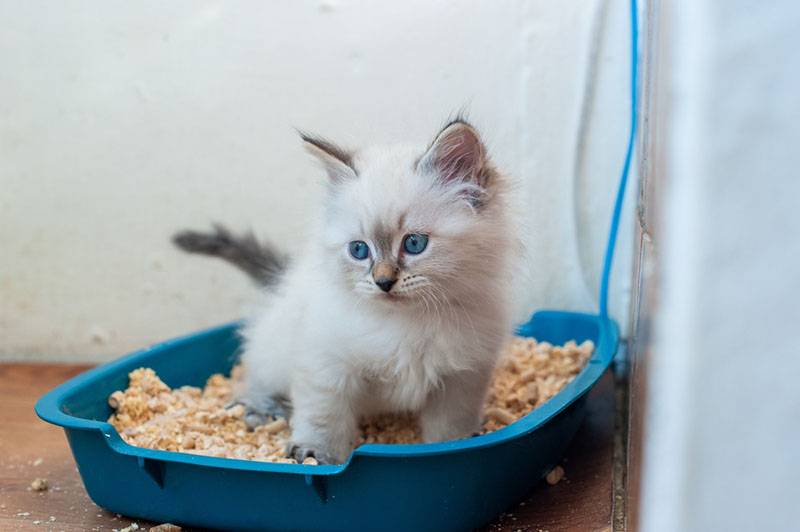
Prevention
Pet owners should be on the lookout for anything that might be unusual in a cat’s feces so they can get veterinary help if needed.
It is necessary to regularly treat parasites, even if the cat eats only dry food and does not leave the house anywhere. It is recommended to treat kittens up to 6 months of age once a month, and then, like adult animals, at least once a quarter.
To date, there is a large selection of antiparasitic drugs in the form of tablets, drops at the withers. Some of them have only an anthelmintic effect, but there are also combined preparations that also protect against external parasites (fleas, ticks, etc.).
Annual vaccination against infectious diseases (panleukopenia, calicivirus, feline herpesvirus, rabies, etc.) is an important aspect of prevention.
It is strictly forbidden to let animals eat chicken and fish bones, which can easily choke and injure the esophagus, stomach or intestines. There is also a so-called natural diet option, but for this it is necessary to seek the advice of a veterinary nutritionist for a balanced diet.
Early diagnosis of various diseases in animals is helped by clinical examination – annual preventive examinations at the veterinarian with blood and urine tests, ultrasound of the abdominal cavity.
It is important to remove all plants, small foreign objects, medicines, chemicals from the cat’s access area so that the pet does not eat them.
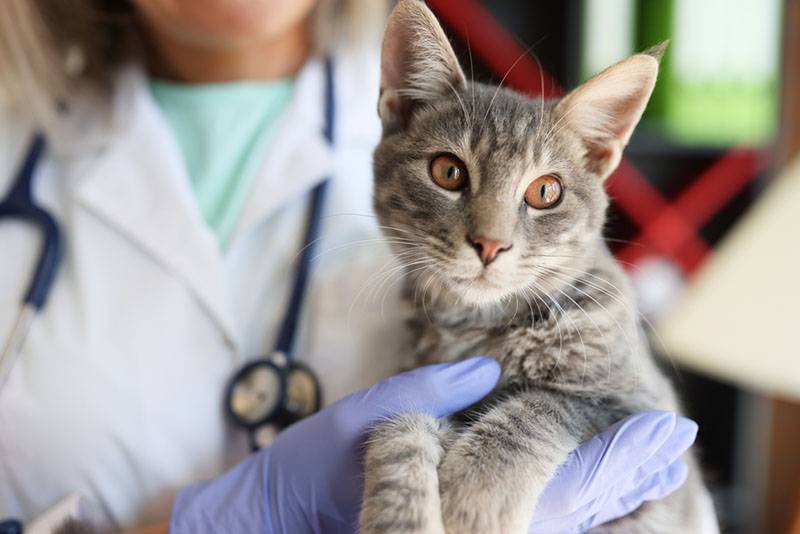
Green feces in a cat – the main thing
By itself, green feces in a cat does not automatically determine the cause of this condition. Therefore, a diagnosis is needed.
Common causes of green stools are feeding errors, parasitosis, and infectious diseases of the gastrointestinal tract.
In addition to green feces, animals may have other symptoms: vomiting, refusal to eat, diarrhea, blood or mucus in the feces.
At home, subject to the stable condition of the pet, special therapeutic diets and enterosorbents, for example, Smektu, Enterosgel, can be used to combat diarrhea.
A single color change in feces is rarely a cause for concern when the pet is otherwise doing well.
For the prevention of various diseases, do not forget about the timely treatment against parasites, vaccination, proper nutrition.
Sources:
Fedotova D. “Inflammatory bowel disease in cats”, 2021 // URL: https://www.proplan.ru/vet/welness/article/vzk-u-koshek-diagnostika-i-lechenie
Hall E., Simpson J., Williams D. Canine and Cat Gastroenterology, 2010
Corbin J. «Cat Poop Chart: Understanding Your Cat’s Stool», 2021 // URL: https://www.dutch.com/blogs/cats/cat-poop-chart



